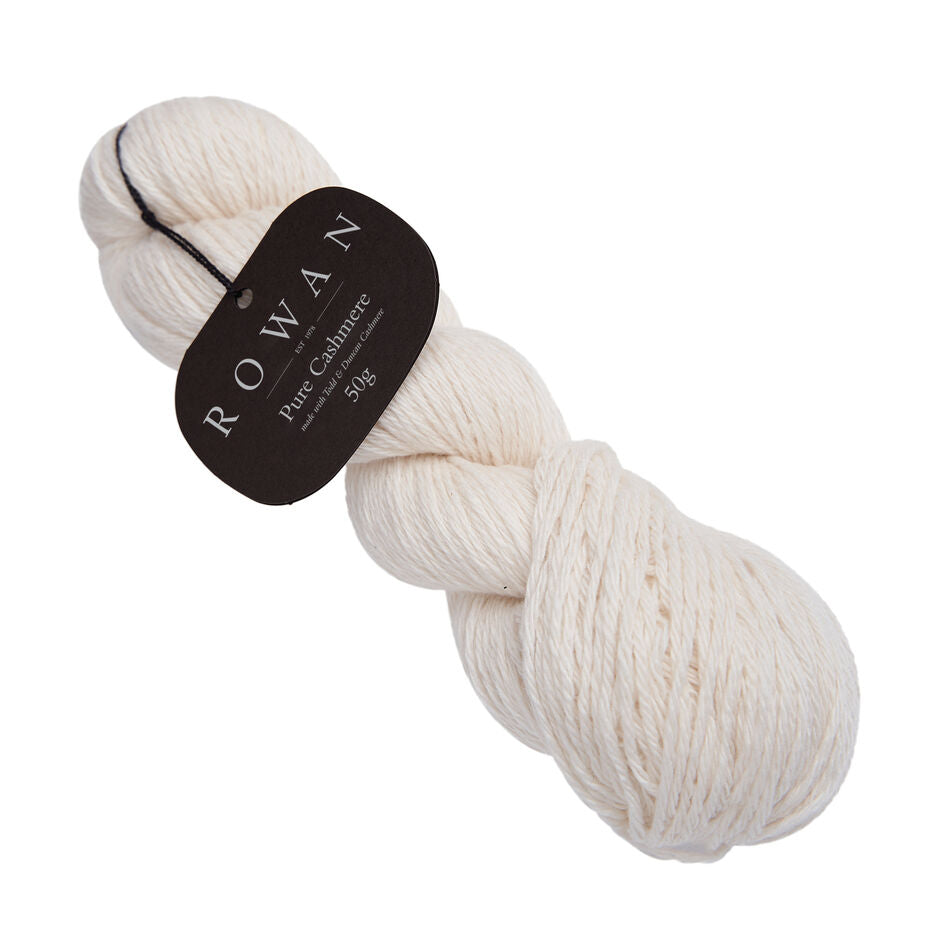How to Maintain Your cashmere Garments and Keep Them In Top Condition
How to Maintain Your cashmere Garments and Keep Them In Top Condition
Blog Article
Exploring the Different Kinds Of Cashmere an All-natural Fiber for Ultimate High-end
Cashmere, a natural fiber, is commonly associated with high-end and comfort. The much more inexpensive Chinese cashmere, the conventional Scottish variation, and the premium Italian mix, all inform a different tale of this amazing fiber.
Recognizing the Luxurious Nature of Cashmere
Cashmere, frequently associated with luxury and comfort, holds an unique appeal in the globe of natural fibers. Unlike various other all-natural fibers, cashmere combines insulation with breathability, offering unequaled convenience throughout differing temperatures. Its shiny coating and soft appearance contribute to its high-end appeal, warranting the premium price that frequently comes with cashmere garments.
Simply What Is Cashmere and Where Does It Originate from?

Given these exceptional top qualities, one could question the beginning and makeup of this glamorous fiber. Cashmere is derived from the soft undercoat of cashmere goats, mainly found in Mongolia, China, Iran, and Afghanistan - is cashmere a natural fiber. These goats are adapted to severe climatic conditions, generating a very fine, soft underfur as a protection against the bitter cold. This underfur, or undercoat, is what is collected for cashmere. Each spring, when the goats normally dropped their wintertime coat, farmers comb the fine underhair, leaving the coarser hair behind. This careful procedure adds to the shortage and high cost of cashmere. With its origin in the rough landscapes of Asia, cashmere is a testament to nature's capability to generate luxury from difficulty.
Translating the Various Types of Cashmere
Comprehending the various types of cashmere is key to valuing the quality and one-of-a-kind qualities of this extravagant material. Generally, cashmere is categorized into three kinds: raw, virgin, and reused. Raw cashmere is straight acquired from the goat and is unprocessed. This type frequently consists of pollutants such as dirt and crude hair. Virgin cashmere, on the various other hand, is the pure, unrecycled product that is spun right into yarn for the first time. It is the softest and most glamorous. Finally, recycled cashmere is made from virgin product that has actually been formerly made use of. It is re-spun and utilized in creating lower-cost cashmere items. Decoding these kinds is the very first step in recognizing the exclusivity and value of cashmere.

The Distinct Qualities of Each Kind Of Cashmere
Having actually explored the different categories of cashmere, it emerges that each kind flaunts its one-of-a-kind collection of features. Mongolian cashmere, as an example, is renowned for its superior quality, as a result of Mongolia's severe winter seasons that produce longer and finer fibers. Conversely, Chinese cashmere is often more inexpensive, though its shorter fibers can decrease sturdiness. Scottish cashmere is commemorated for its exquisite softness, an outcome of the typical water cleaning process using Scotland's soft water. Italian cashmere, on the other hand, is popular for its skillful mixing and coloring methods, making it dynamic and versatile. Finally, Indian cashmere, additionally referred to as Pashmina, is valued for its extraordinary agility and heat. Each type, therefore, adds to the material's track record for deluxe.
Why Cashmere Is the Epitome of Luxury in vogue
Cashmere holds a renowned position in the globe of fashion, related to as a symbol of high-end and elegance (is cashmere a natural fiber). Cashmere is obtained from the fine undercoat of Himalayan goats, understood for their superior top quality fiber. Cashmere's unequaled comfort and resilience make it a sought-after product in the development of high-end garments.
The Refine of Making Cashmere: From Goat to Garment
The trip of cashmere, from being an undercoat of a Himalayan goat to a luxurious garment, is a detailed one. With the development of springtime, farmers in Mongolia and China gather the wool by what material is cashmere brushing the goats, making sure no damage is done. The gotten woollen is composed of crude outer hair and soft downy undercoat. This mix is after that fastidiously divided, with just the soft down used for cashmere. This raw cashmere is washed, colored and spun into yarn. The yarn is then woven or knitted into materials. The last step involves pushing and washing to provide the fabric its particular softness and heat. From goat to garment, each step is a testimony to the persistence, skill and virtuosity associated with crafting cashmere.

Conclusion
Finally, cashmere, with its all-natural sophistication and exceptional convenience, reigns supreme on the planet of high-end style. The variety in kinds, ranging from the soft Mongolian, lightweight Indian Pashmina, economical Chinese, traditional Scottish, to the colorful Italian, discloses the adaptability of this natural fiber. The meticulous procedure of transforming it from a goat to a garment further adds to its exclusivity, making cashmere the epitome of class and luxury.
Cashmere, an all-natural fiber, is often connected with deluxe and comfort (is cashmere a natural fiber).Cashmere, frequently linked with luxury and comfort, holds a distinct allure in the world of all-natural fibers. Unlike various other all-natural fibers, cashmere combines insulation with breathability, providing unrivaled comfort across varying temperature levels. Cashmere is acquired from the soft undercoat of cashmere goats, mostly discovered in Mongolia, China, Iran, and Afghanistan. Cashmere is acquired from the fine undercoat of Himalayan goats, understood for their remarkable top quality fiber
Report this page